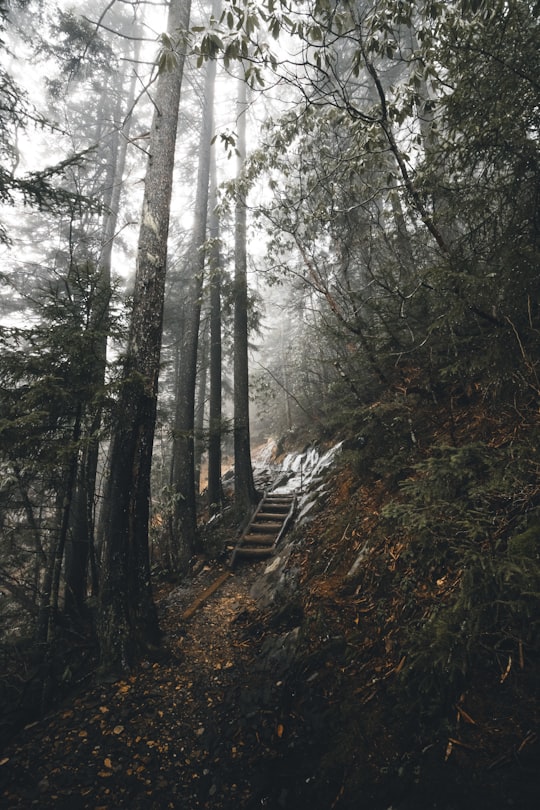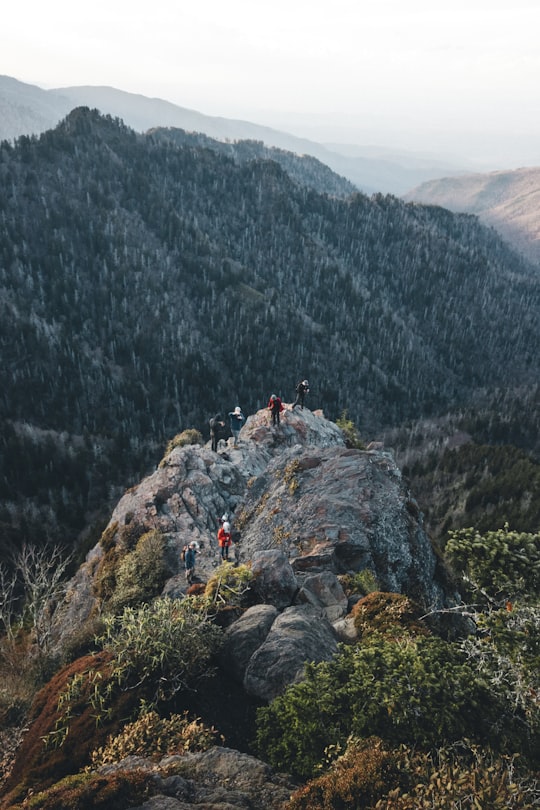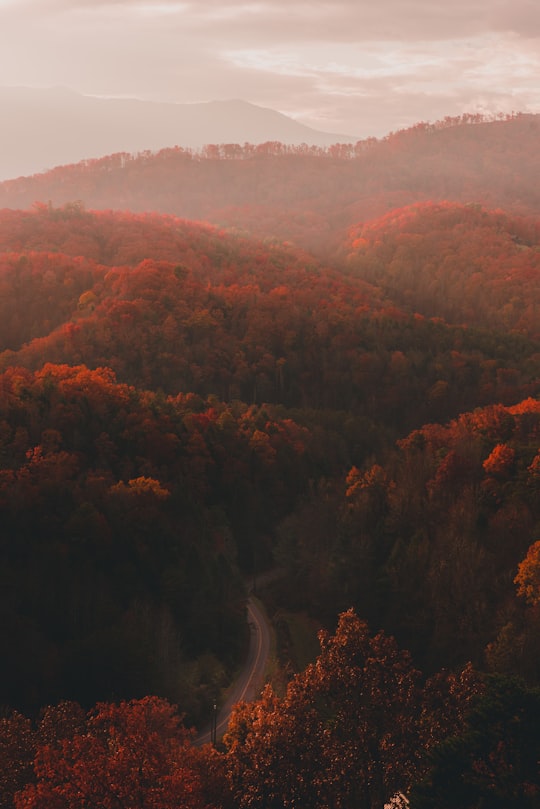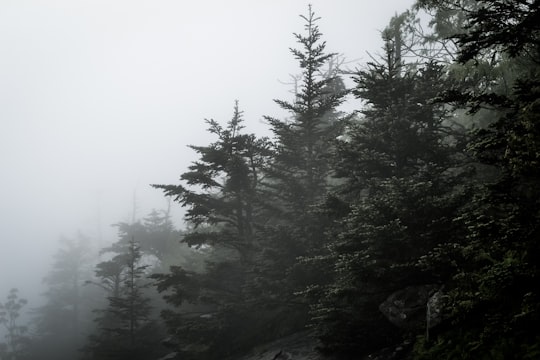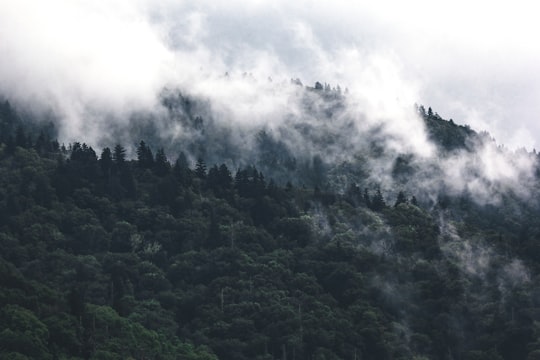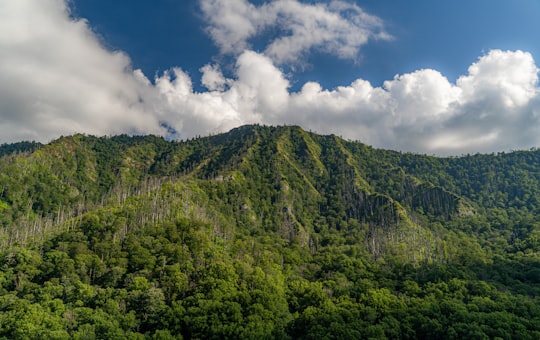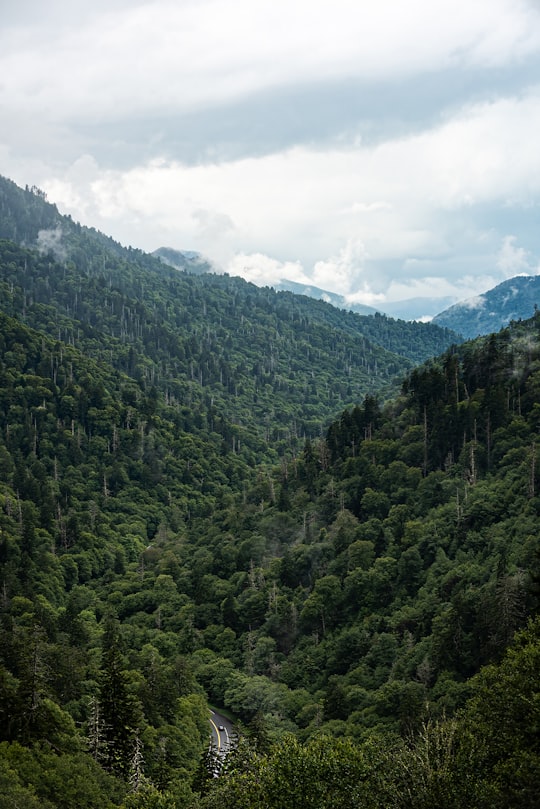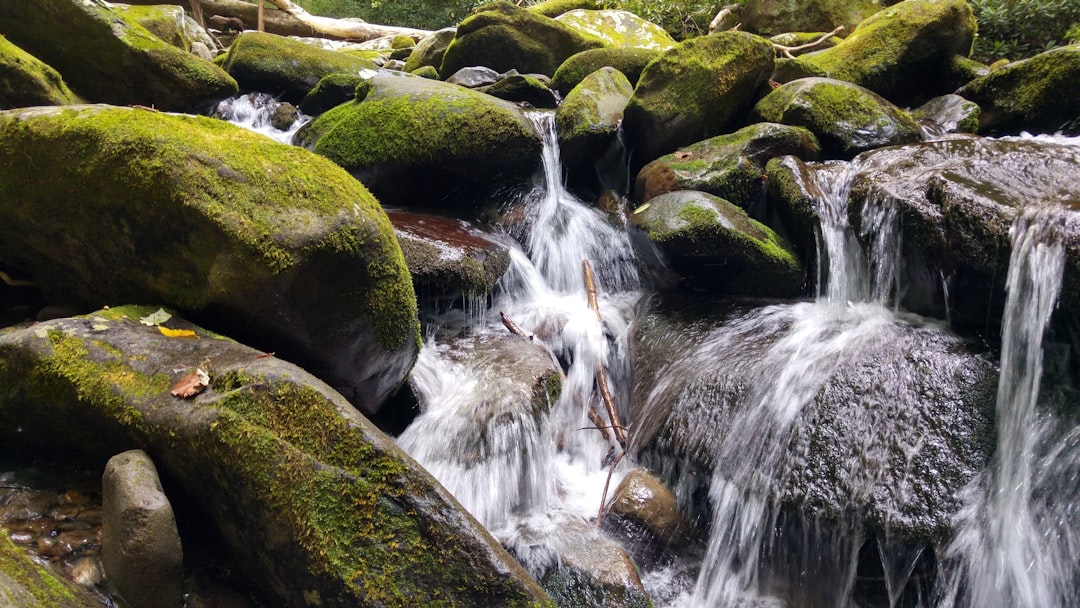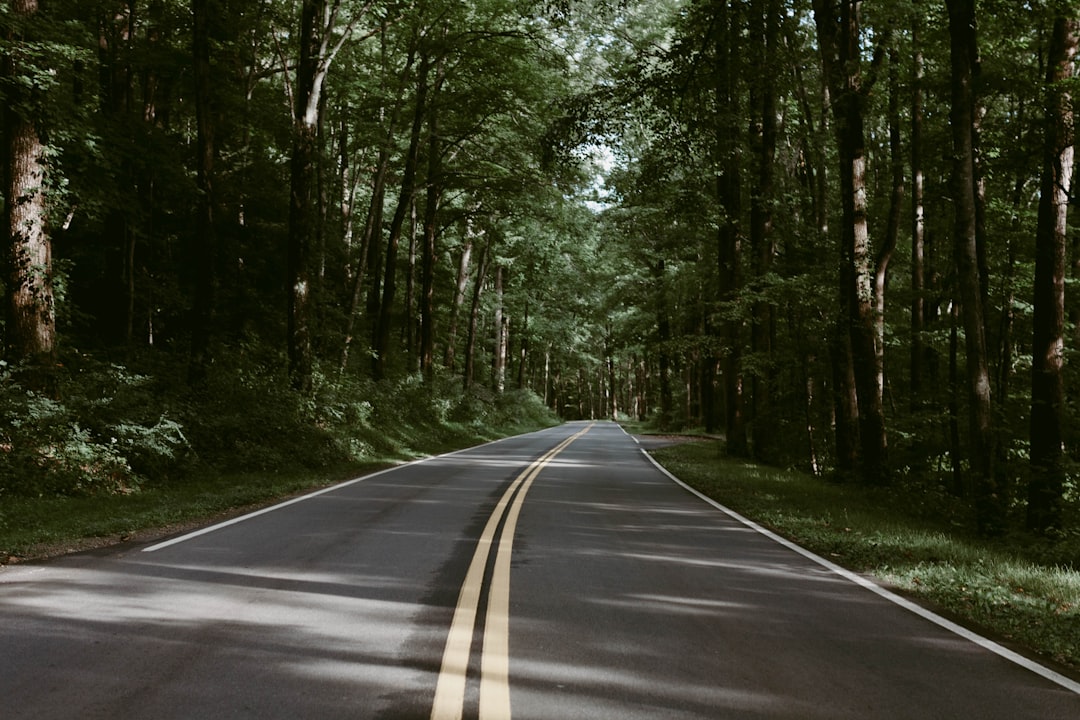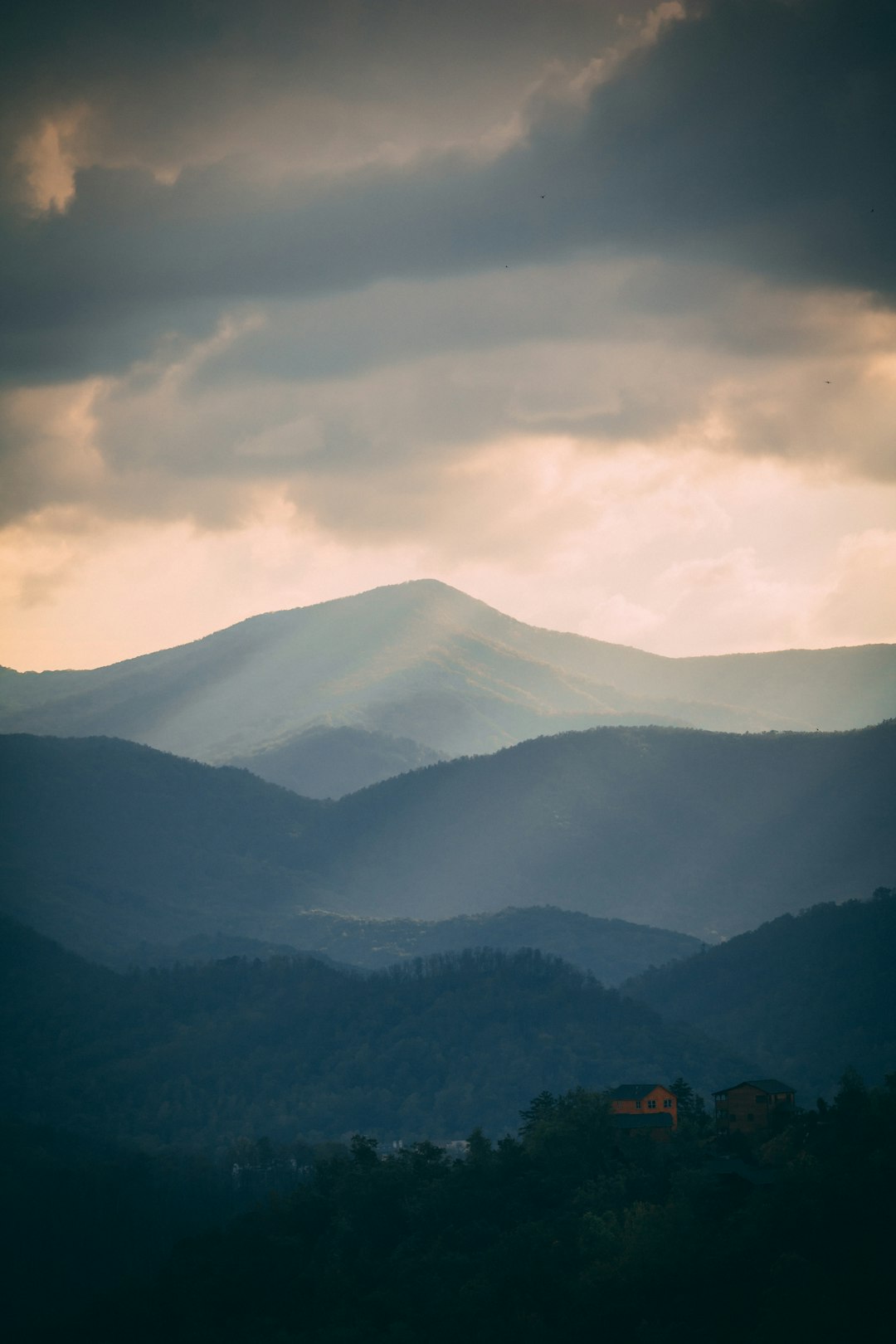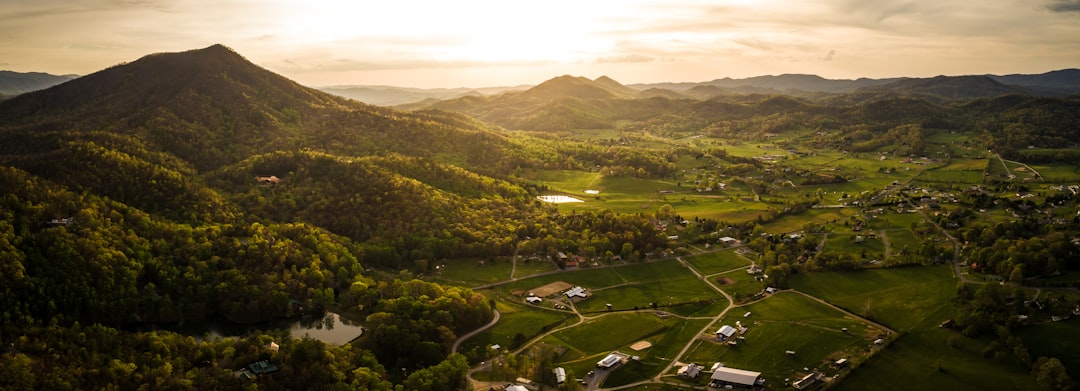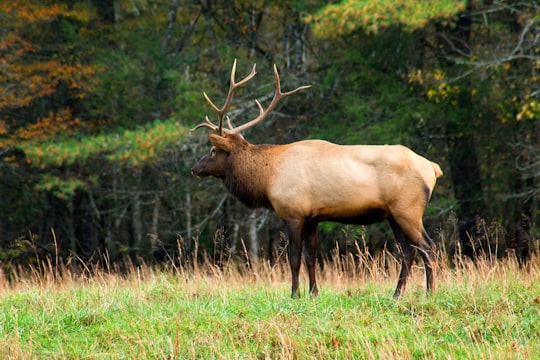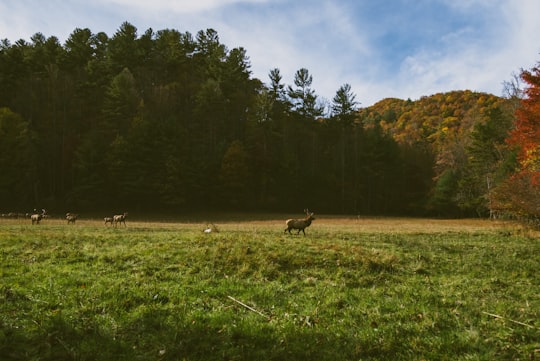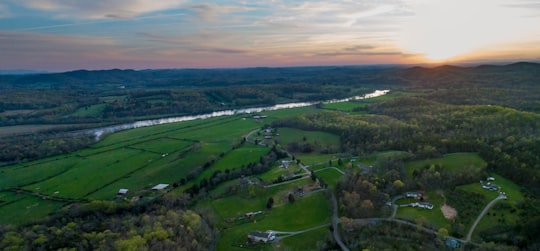Travel Guide of Great Smoky Mountains National Park in United States by Influencers and Travelers
Great Smoky Mountains National Park is an American national park in the southeastern United States, with parts in Tennessee and North Carolina.
Pictures and Stories of Great Smoky Mountains National Park from Influencers
20 pictures of Great Smoky Mountains National Park from Ivana Cajina, Jeremy Bishop, Harry Miller and other travelers

- Perfect view from Morro Bay ...click to read more
- Experienced by @Jeremy Bishop | ©Unsplash

- My trip up and down the Great Smoky Mountains. ...click to read more
- Experienced by @Sean Stratton | ©Unsplash
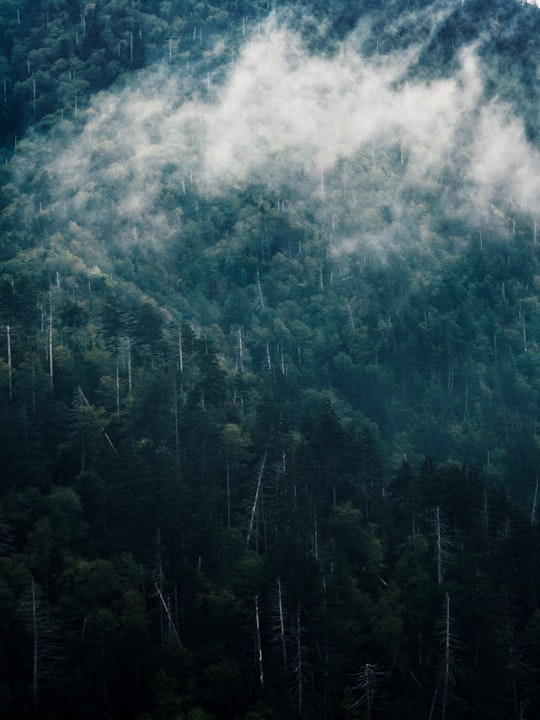
- We watched these clouds form in the Smokies for hours. So mesmerizing. ...click to read more
- Experienced by @Andrew Spencer | ©Unsplash
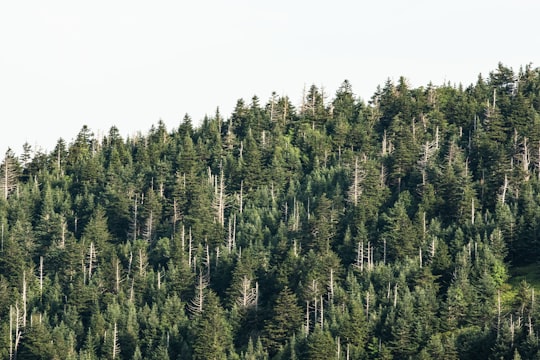
- My trip up and down the Great Smoky Mountains. ...click to read more
- Experienced by @Sean Stratton | ©Unsplash

- Creek in the Smoky Mountains ...click to read more
- Experienced by @NATHAN MULLET | ©Unsplash
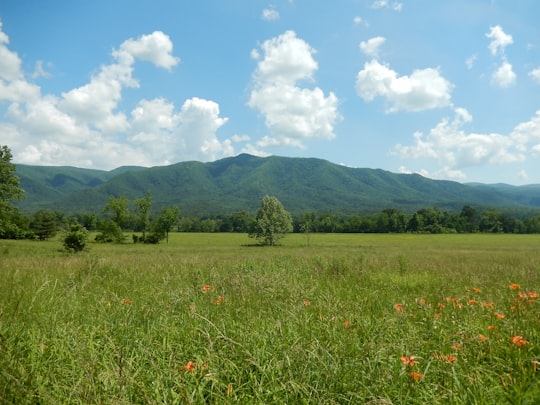
- field with orange lilies at the foot of the mountains in Cades Cove ...click to read more
- Experienced by @Angela Loria | ©Unsplash
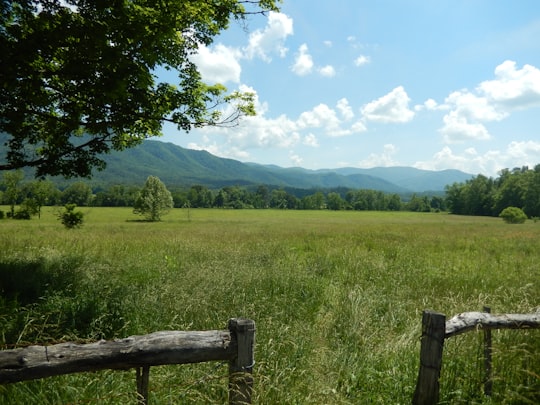
- a mountain view from a drive around "The Loop" in Cades Cove ...click to read more
- Experienced by @Angela Loria | ©Unsplash
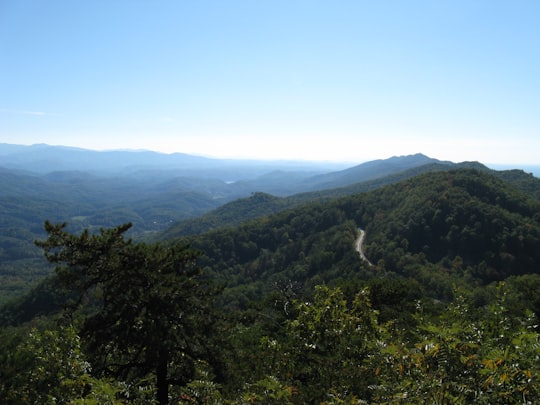
- a road winding through the mountains ...click to read more
- Experienced by @Angela Loria | ©Unsplash
Plan your trip in Great Smoky Mountains National Park with AI 🤖 🗺
Roadtrips.ai is a AI powered trip planner that you can use to generate a customized trip itinerary for any destination in United States in just one clickJust write your activities preferences, budget and number of days travelling and our artificial intelligence will do the rest for you
👉 Use the AI Trip Planner
Book your Travel Experience at Great Smoky Mountains National Park
Discover the best tours and activities around Great Smoky Mountains National Park, United States and book your travel experience today with our booking partners
Map of Great Smoky Mountains National Park
View Great Smoky Mountains National Park on a map with the the closest popular places nearby
More Travel spots to explore around Great Smoky Mountains National Park
Click on the pictures to learn more about the places and to get directions
Discover more travel spots to explore around Great Smoky Mountains National Park
⛰️ Hill spots ⛰️ Hill station spots 🌲 Tropical and subtropical coniferous forests spots 🌲 Forest spots ⛰️ Mountain range spots 🌲 Nature reserve spots 🌲 Plain spots 🏞️ River spots 🏞️ Waterfall spots ⛰️ Highland spots 🌉 Humpback bridge spots Log cabin spotsLearn More about Great Smoky Mountains National Park
Located south of the Appalachian Mountains where it covers more than 2,000 square kilometres, the Great Smoky Mountains are the most visited national park in the United States, where many of the recreational and adventure activities available in Tennessee and North Carolina are concentrated. Hiking, camping and horseback riding are the most common activities, but the park also offers the opportunity to learn about the daily lives of the Cherokee Indians and European settlers who once called the area home. However, the park was almost never built. By 1934, when the U.S. Congress decided to designate the Great Smoky Mountains as a national park, about 80 percent of its forests had been decimated and much of its land had been privatized. With financial support from the states of Tennessee and North Carolina and donations from generous conservationists, the National Park Service was able to buy out the logging operations and lands of more than 1,200 landowners. The painstaking work of restoring the mountains to their former glory could then begin. The Great Smoky Mountains take their name from the natural haze that fills the valleys of the national park each morning due to the high humidity and organic compounds released by the dense vegetation that covers the land. Sunny, humid and calm days are particularly conducive to a thick fog. The Cherokee nicknamed it shaconage ('blue smoke'). Europeans who arrived in the area in the 1790s were attracted to the expression and chose to name the mountains by adapting the translation. While the park contains some of the highest peaks in the eastern United States, what is undoubtedly one of its star attractions is the incredible diversity of wildlife that makes the park truly special. It is often said that a walk through the park from the highest to the lowest elevation is the biological equivalent of crossing the United States from Georgia to Maine, which is how diverse the life forms are. In total, the park is home to more than 1,500 species of flowering plants and 240 types of birds, about 50 types of fish and more than 100 native tree species. In addition, five different forest types cover the park: pine and oak, northern hardwood, fir and spruce, hardwood river coves and various Tsuga trees. Although the vast majority of tourists never stray far from Highway 441, which runs through the park, the best hiking, bivouacking, viewing and nature experiences are found in the quiet corners of the Great Smoky Mountains, well away from the paved roads that encircle the park.
Where to Stay near Great Smoky Mountains National Park
Discover the best hotels around Great Smoky Mountains National Park, United States and book your stay today with our booking partner booking.com
Popular destinations near Great Smoky Mountains National Park
Disover the best Instagram Spots around Great Smoky Mountains National Park here
Gatlinburg
10 km (6.0 miles) away from Great Smoky Mountains National Park
Travel guide of Gatlinburg
Sevierville
17 km (10.5 miles) away from Great Smoky Mountains National Park
Travel guide of Sevierville
Bryson City
20 km (12.7 miles) away from Great Smoky Mountains National Park
Travel guide of Bryson City
Cataloochee
37 km (23.0 miles) away from Great Smoky Mountains National Park
Travel guide of Cataloochee
Knoxville
44 km (27.2 miles) away from Great Smoky Mountains National Park
Travel guide of Knoxville


